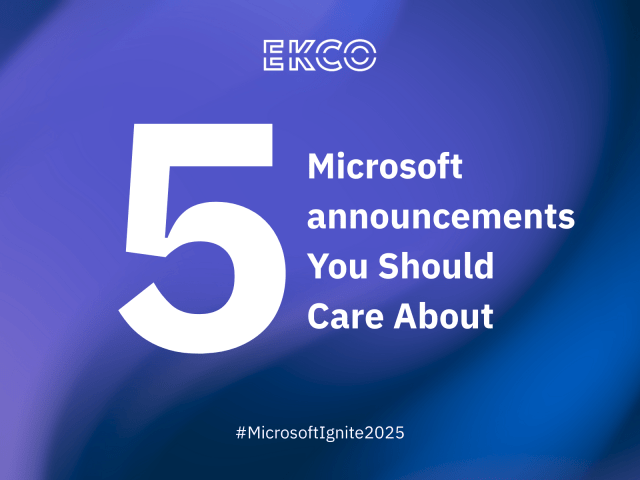5 Smarter Ways to Build Your Cybersecurity Budget
Real-world advice on how to build a smarter cyber security budget for SMEs, from risk assessments to identity protection.
Written by Jonathan Trayers
In 2025, small and medium-sized businesses (SMEs) across Ireland and the UK face the same cyber threats as global enterprises but without the luxury of enterprise budgets.
From ransomware to identity-based attacks, the risks are rising. But the truth is, cybersecurity for SMEs doesn’t have to be expensive – it just has to be smarter.
If you’re responsible for building or justifying a cybersecurity budget for a small business, this guide is for you.
1. Start with Identity. Not Firewalls.
As we said in our recent webinar: “Attackers don’t hack in anymore, they log in.”
Cybercriminals are shifting focus from traditional infrastructure to human-based entry points like stolen logins, email compromise, and phishing.
Smart tip: Prioritise identity protection in your 2025 cybersecurity budget. Think MFA hardening, identity threat detection, and user behaviour monitoring. These offer high-impact protection without bloating your spend.
2. Know What Your IT Provider Actually Covers
Many SMEs in Ireland and the UK assume their MSP or IT partner has security covered. But the reality is there are often major blind spots.
For example:
- No 24/7 monitoring
- No real-time incident response
- No continuous threat intelligence
Smart tip: Before buying anything new, get clarity on what your current IT support includes and where their security responsibility stops. Fill gaps strategically, not reactively.
3. Balance Your Spend: Prevent, Detect & Recover
Many SMEs still dedicate the majority of their cybersecurity spend (sometimes over 80%) to prevention, with limited investment in detection and recovery.
But cyberattacks in 2025 move fast. In fact ransomware dwell time has dropped to just minutes according to CrowdStrike’s 2025 Global Threat Report.
Smart tip: Allocate your cybersecurity budget evenly across:
- Prevent: Email, endpoint, identity protection
- Detect & Respond: 24/7 monitoring (MDR)
- Recover: Secure, tested backup systems
This balanced model reflects what attackers are actually doing.
4. Get a Cybersecurity Risk Assessment Before You Spend
UK and Irish SMEs can overspend on tools they don’t need or underinvest in the areas that matter.
Before you allocate budget, take a step back and ask:
- Where are we exposed?
- What are attackers most likely to target?
- Which protections are already in place?
Smart tip: Start with a cybersecurity gap or risk assessment. It helps you prioritise investments based on real risk, not guesswork.
Ekco is currently offering a rapid risk assessment to SMEs. Get in touch for more details.
5. Bring cybersecurity into the boardroom before the breach
SMEs that respond quickly to attacks survive. The ones that don’t… make headlines.
In our webinar, we explored the contrasting ransomware responses of M&S vs the Co-op. The difference? Planning.
Smart tip: If you’re budgeting for cybersecurity, also budget time to have the hard conversations with leadership:
- How long can we operate without our systems?
- Who makes the call to disconnect?
- What does downtime cost us?
A simple tabletop exercise could save weeks of disruption.
Final Word: Don’t Spend More. Spend Smarter.
Cybersecurity for SMEs in Ireland and the UK doesn’t have to mean enterprise tools and eye-watering costs. But it does require planning, prioritisation, and clarity on your real risks.
Want help identifying your gaps?
We’re offering a cybersecurity risk assessment for SMEs to help you:
- Benchmark your current setup
- Spot hidden vulnerabilities
- Build a smarter, risk-based budget
Book your gap assessment now

Question?
Our specialists have the answer



